The Gardener's Journal
MUCH ADO ABOUT MULCH (Part 1 of 3)
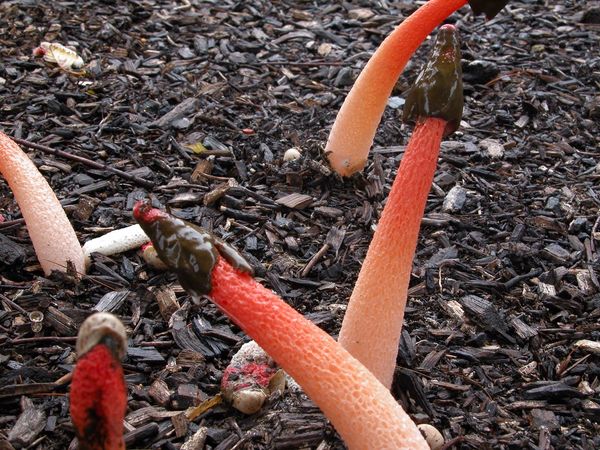
Spring is almost here! It’s just about time time to spruce up your garden with a new layer of mulch. But before you borrow your brother-in-law’s pickup truck and run to the nearest mulch provider, make sure you are selecting the proper mulch for the plants in your garden. In the next few posts, we will look at several types of mulch, highlighting their positive and negative characteristics. You will likely notice our bias toward mulches made with Pine products, since they offer great beauty throughout the life of the mulch while creating the healthiest environment for plants. Today we will present the mulch most commonly used in this area:
SHREDDED HARDWOOD MULCH (also called TANBARK MULCH)
PROS:
• Common – This is the most common type of mulch and is easy to find.
• Least expensive – Shredded hardwood mulch is also the least expensive type of mulch.
• Many options – Shredded hardwood mulch provides a number of options, such as color and how finely it is shredded.
CONS:
• Fades quickly – Shredded hardwood mulch tends to bleach significantly throughout the summer.
• Prone to fungus – These mulches are also prone to unsightly and even damaging funguses (see photos below).
• Prone to weeds – Shredded hardwood mulch does not decompose well. They breakdown fairly slowly, which would be fine, if not for the fact that as they do, they create a soil mixture that is promotes the growth of weeds and volunteer trees.
• Dense build-up – Another byproduct of hardwood mulch decomposition is that, after numerous yearly applications, plant roots are buried under a dense carpet of mulch and no longer receive adequate air and moisture. During the hottest, driest months of the year, plants may shrivel and die because water can not penetrate this thick crust. In the long run, the initial savings may be expended to replace dead plants.
• Low acidity – Most plants prefer a more acidic soil composition than hardwood mulch provides.
–Contributed by Peter Dymond
HL Garden Care Foreman
OUR GARDEN DESIGN PROCESS
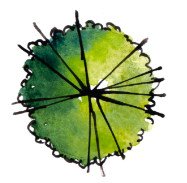
Explore
Share your goals, ideas, and project budget and we will begin to survey and plan your garden
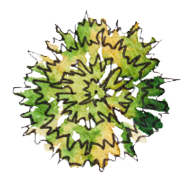
Design
We will consider all your primary view perspectives, both inside and out as we design your garden
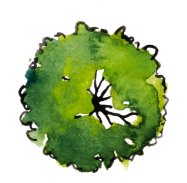
Build
Your garden dream will begin to take shape by the hands of our highly skilled craftsmen and landscapers
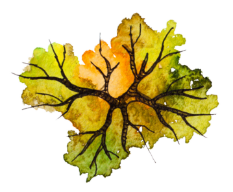
Enjoy
Your garden dream will begin to take shape by the hands of our highly skilled craftsmen and landscapers



